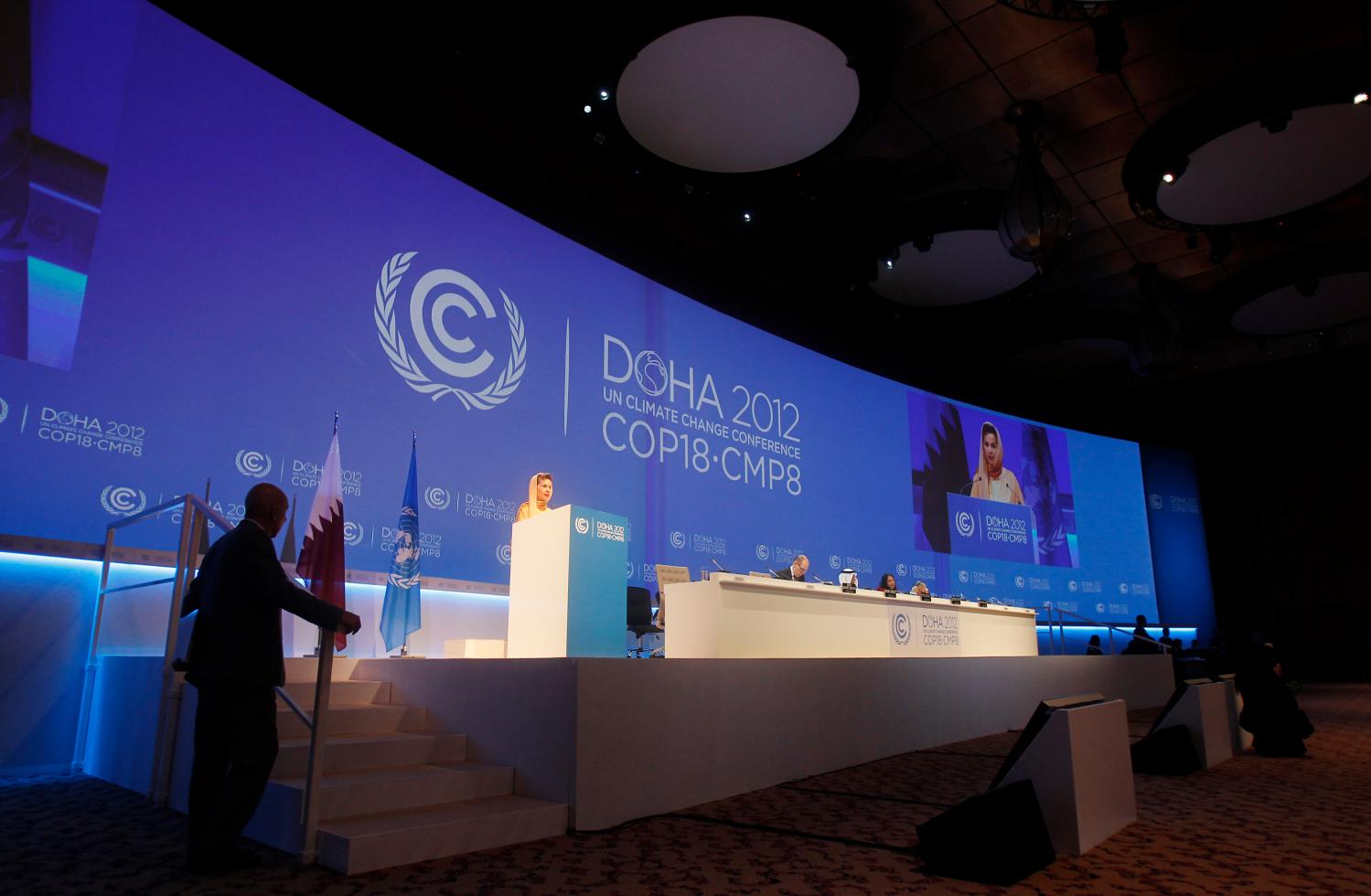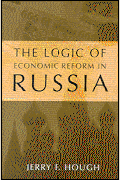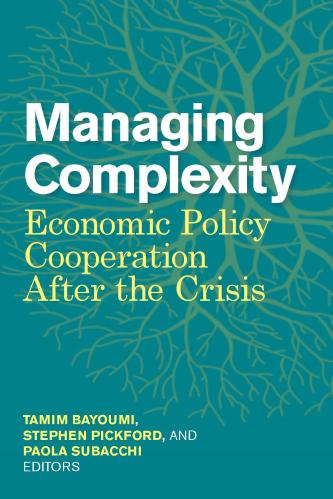EXECUTIVE SUMMARY
The Parties to the United Nations Framework Convention on Climate Change (UNFCCC) continue their efforts to forge a new binding international agreement by 2015. The negotiations face daunting odds, but the 2009 Copenhagen Accord’s shift towards heterogeneous national commitments was a positive step forward for climate policy. The prior presumption that binding commitments could only take the form of a percentage reduction relative to historical levels alienated rapidly industrializing countries and led to unproductive disputes over base years and other issues of target formulation. However, the disparate approaches now under discussion complicate comparing the likely emissions reductions and economic efforts required to achieve the commitments.
This paper makes two points. First, we offer good reasons and ways to adapt international negotiations to allow for price-based commitments. The economic uncertainty surrounding target-only commitments is enormous. Combining a clear cumulative emissions target with limits on the cost associated with achieving the target would balance the environmental objective with the need to ensure that commitments remain feasible. This economic insurance could foster greater participation in the agreement and more ambitious commitments. Specifically, we suggest that in addition to their cumulative emissions targets for the 2013 to 2020 period, major economies could agree to a “price collar” on greenhouse gas emissions in their domestic economies. This would include starting floor and ceiling prices on a ton of CO2 and a schedule for real increases in those prices. All major parties would need to show at least a minimum level of effort regardless of whether they achieve their emissions target, and they would be allowed to exceed their target if they are unable to achieve it in spite of undertaking a high level of effort. The paper provides an example of how a price collar would work in the U.S. context under a cap-and-trade system.
Second, analyzing proposed climate commitments in terms of their implied economic stringency, as measured by the implied price on carbon necessary to achieve the targets, offers transparent and verifiable assurance of the comparability of effort across countries. It possible to calculate “carbon price equivalents” of climate commitments in a conceptually similar way to the tariff equivalents used in international trade negotiations.
In sum, the lack of transparency in the level of effort involved in achieving particular emissions targets highlights the potential value of allowing for price-based commitments and argues for greater economic transparency in the international negotiation process.
The Brookings Institution is committed to quality, independence, and impact.
We are supported by a diverse array of funders. In line with our values and policies, each Brookings publication represents the sole views of its author(s).











